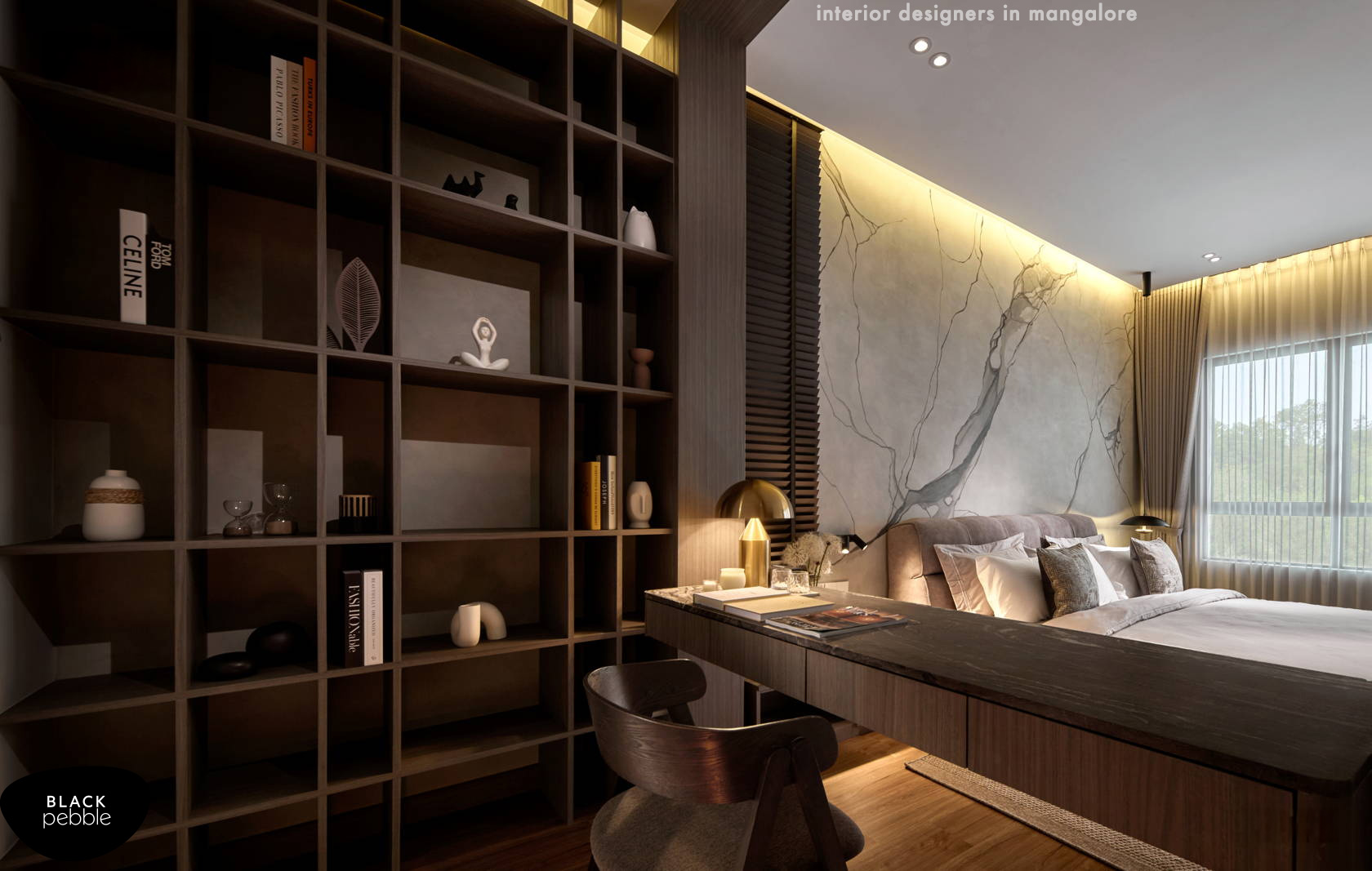
Creating a beautiful and functional home is more than just a trend—it's a way to enhance your daily living experience. Home interior design blends aesthetics and practicality, reflecting your personality and lifestyle. Whether you’re starting from scratch or looking to refresh your space, these tips will guide you in transforming your home into a haven of comfort and style.
1. Understand Your Style
Before diving into any design project, it's essential to understand your personal style. Are you drawn to the clean lines of modern design, the rustic charm of farmhouse style, or the elegant details of traditional decor? Take time to explore different styles through magazines, websites, and social media platforms like Pinterest.
2. Plan Your Space
Effective space planning is the foundation of good home interior design. Consider the function of each room and how you move through the space. Create a floor plan that maximizes natural light, promotes easy traffic flow, and allows for comfortable furniture arrangement.
3. Choose a Color Palette
Colors set the mood of a room. Neutral tones create a calming atmosphere, bold colors add drama and excitement, and pastels bring a sense of serenity. Select a color palette that resonates with you and use it consistently throughout your home to create a cohesive look.
4. Mix and Match Textures
Textures add depth and interest to a space. Combine different materials like wood, metal, glass, and textiles to create a layered look. Think soft cushions, sleek metal frames, and rough wooden surfaces. The contrast between textures can make a room feel more dynamic and inviting.
5. Invest in Key Pieces
Invest in a few key pieces of furniture that will stand the test of time. A well-made sofa, a sturdy dining table, and a comfortable bed are worth the investment. These pieces form the backbone of your home’s design and can be accented with less expensive, trendy items.
6. Personalize with Accessories
Accessories are the finishing touches that bring personality to your space. Think artwork, throw pillows, rugs, and plants. These items can easily be swapped out to refresh a room’s look without a significant investment. Personal mementos like family photos and travel souvenirs also add a unique touch.
7. Light It Up
Lighting plays a crucial role in interior design. Layer your lighting with a mix of ambient, task, and accent lighting to create a balanced and inviting atmosphere. Consider dimmer switches for flexibility and use lamps and fixtures as decorative elements.
8. Bring the Outdoors In
Incorporate natural elements into your design to create a calming and refreshing environment. Houseplants, natural wood finishes, and stone accents can bring a touch of nature indoors, enhancing the overall ambiance of your home.
Conclusion
Home interior design is a journey of self-expression and creativity. By understanding your style, planning your space, and thoughtfully selecting colors, textures, and furnishings, you can create a home that is both beautiful and functional. Remember, the best interiors are those that reflect who you are and how you live.






























